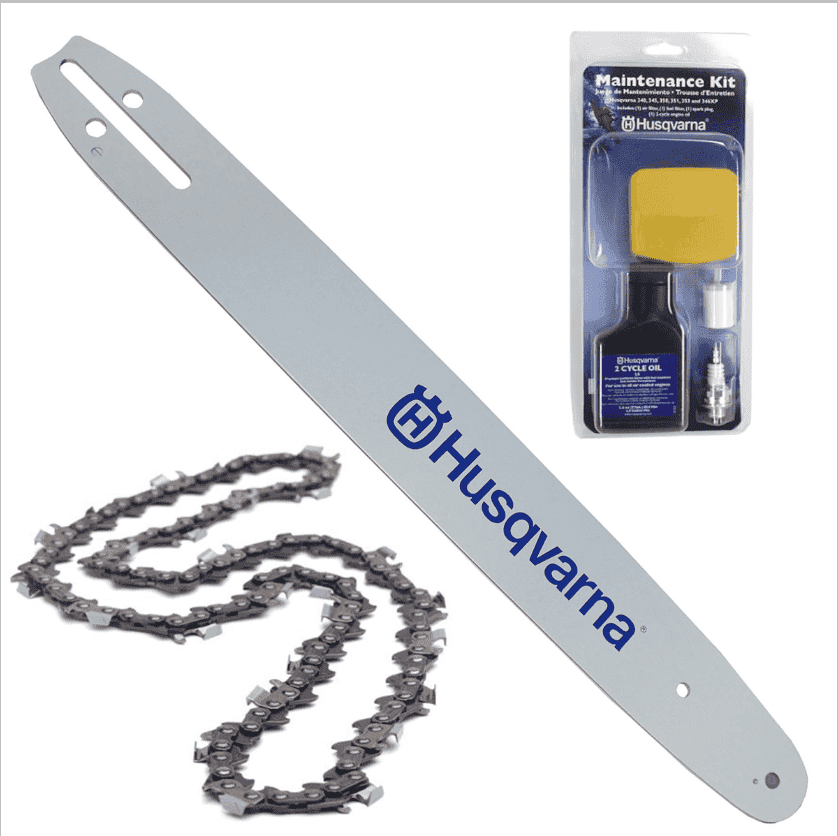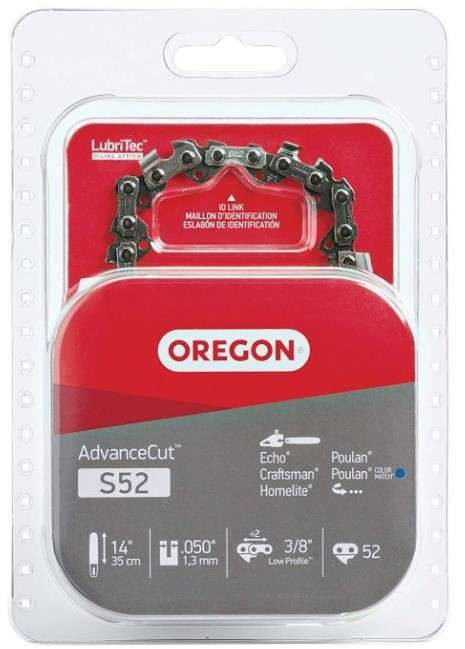A chainsaw carburetor is a critical component that ensures your saw runs smoothly by mixing air and fuel in the right ratio. Whether you own a Poulan chainsaw carburetor, a Craftsman chainsaw carburetor, or a Stihl chainsaw carburetor, proper maintenance and adjustment are key to optimal performance.
In this guide, we’ll cover how carburetors work, how to adjust them using a chainsaw carburetor adjustment tool, and troubleshooting tips for common issues.

How a Chainsaw Carburetor Works
The carburetor is responsible for:
- Mixing fuel and air in the correct ratio for combustion.
- Regulating engine speed via adjustable screws (low, high, and idle).
- Ensuring smooth operation under different loads and temperatures.
Most modern chainsaws use diaphragm carburetors, which are less prone to leaks and perform well in various positions.
Popular Chainsaw Carburetor Brands
1. Poulan Chainsaw Carburetor
Poulan chainsaws are known for affordability and reliability. Their carburetors are typically:
- Durable – Designed for occasional to moderate use.
- Easy to replace – Many aftermarket options are available.
- Common issues – Clogging due to old fuel or debris.
For genuine replacements, check Poulan’s official parts page.
2. Craftsman Chainsaw Carburetor
Craftsman chainsaws are popular among homeowners. Their carburetors:
- Fit multiple models – Interchangeable with some Poulan and Husqvarna saws.
- Require regular cleaning – Ethanol fuel can cause buildup.
- Affordable replacements – Available at major retailers like Sears PartsDirect.
3. Stihl Chainsaw Carburetor
Stihl is a top-tier brand for professional-grade saws. Their carburetors:
- Precision-engineered – Optimized for high performance.
- Durable but complex – May require professional adjustment.
- Common in pro models – Such as the MS 250, MS 271, and MS 661.
For OEM parts, visit Stihl’s official parts store.
How to Adjust a Chainsaw Carburetor
Proper adjustment ensures smooth idling, optimal power, and fuel efficiency. You’ll need a chainsaw carburetor adjustment tool (usually a special screwdriver).
Step-by-Step Adjustment Guide
- Locate the Adjustment Screws
- L (Low Speed) – Controls fuel at idle and low RPM.
- H (High Speed) – Manages fuel at full throttle.
- T or I (Idle) – Sets the idle speed.
- Warm Up the Engine
- Run the saw for 5 minutes to reach operating temperature.
- Set the Idle Speed (T/I Screw)
- Turn clockwise until the chain stops moving, then back off slightly.
- Adjust Low Speed (L Screw)
- Slowly turn clockwise until the engine runs rough, then counterclockwise until smooth.
- Adjust High Speed (H Screw)
- Caution: Over-revving can damage the engine.
- Fine-tune for maximum power without sputtering.
- Test Under Load
- Make a few cuts to ensure smooth operation.
For more details, see Husqvarna’s carburetor adjustment guide.
Common Chainsaw Carburetor Problems & Fixes
1. Chainsaw Won’t Start
- Possible Causes:
- Clogged carburetor jets.
- Stale fuel blocking passages.
- Solution: Clean or rebuild the carburetor.
2. Chainsaw Runs Rich (Too Much Fuel)
- Symptoms: Black smoke, sluggish performance.
- Fix: Adjust the L and H screws leaner (clockwise).
3. Chainsaw Runs Lean (Too Little Fuel)
- Symptoms: Overheating, high-pitched whine.
- Fix: Enrich the mixture (counterclockwise) to prevent engine damage.
4. Surging or Erratic Idle
- Causes: Air leaks, dirty carburetor.
- Solution: Check gaskets and clean the carb. How to Build a Portable Chainsaw Mill: DIY Guide
Choosing the Right Chainsaw Carburetor Adjustment Tool
Most carburetors require a special screwdriver to adjust the jets. Common types include:
- Flat-head with limiting tabs (for EPA-compliant saws).
- Splined or tamper-proof tools (for Stihl and Husqvarna).
- Standard screwdrivers (for older models).
A chainsaw carburetor adjustment tool kit (like this one from Amazon) is a wise investment for DIY repairs. How to Sharpen a Menards Chainsaw: Step-by-Step Guide
When to Replace vs. Rebuild a Carburetor
Rebuild If:
- Only minor gaskets or diaphragms are damaged.
- The carburetor is a high-end model (e.g., Stihl chainsaw carburetor).
Replace If:
- The body is cracked or warped.
- Rebuild kits cost nearly as much as a new carburetor.
Aftermarket carburetors (like Walbro replacements) can be a cost-effective solution.
Final Thoughts
Whether you’re tuning a Poulan chainsaw carburetor, adjusting a Craftsman chainsaw carburetor, or maintaining a Stihl chainsaw carburetor, proper care ensures longevity and peak performance. Always use a chainsaw carburetor adjustment tool for precise tuning and follow manufacturer guidelines.
For more chainsaw maintenance tips, visit OSHA’s Chainsaw Safety Guide.
By keeping your carburetor in top shape, you’ll enjoy smoother cuts, better fuel efficiency, and fewer frustrating breakdowns. Happy sawing!





